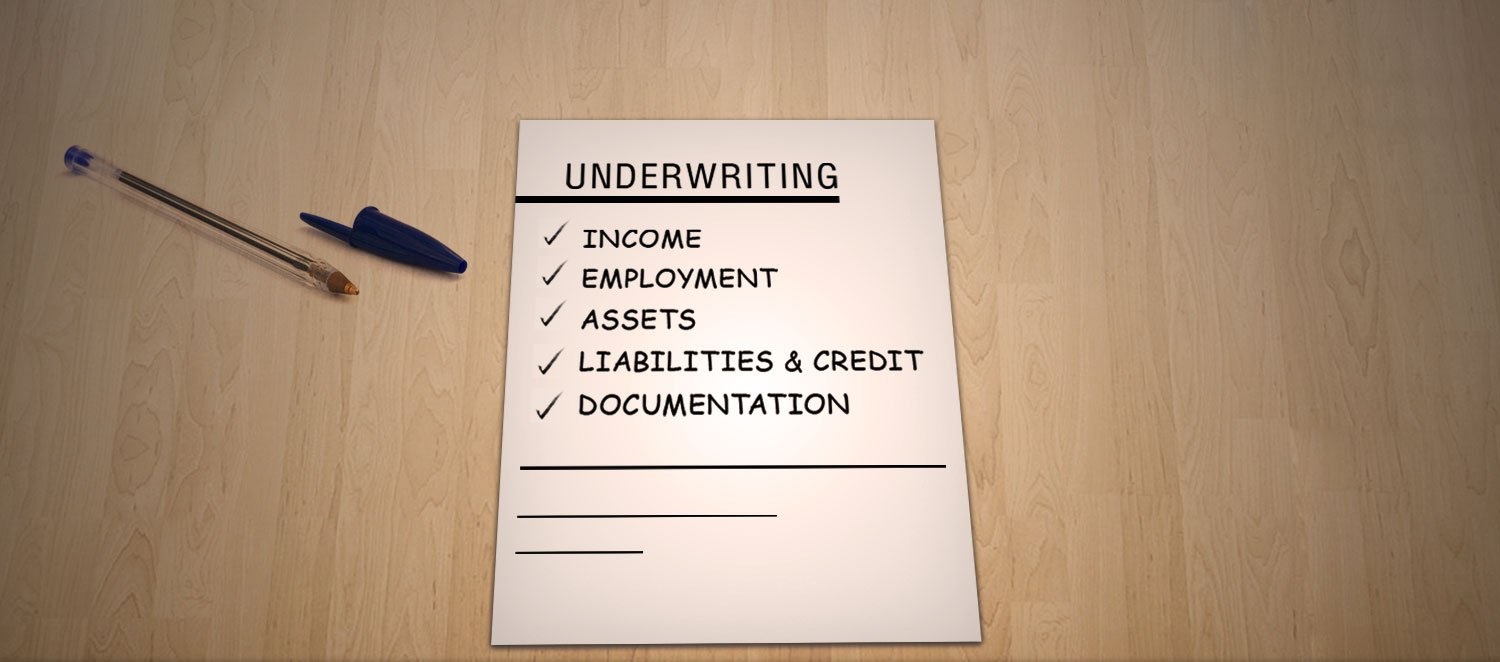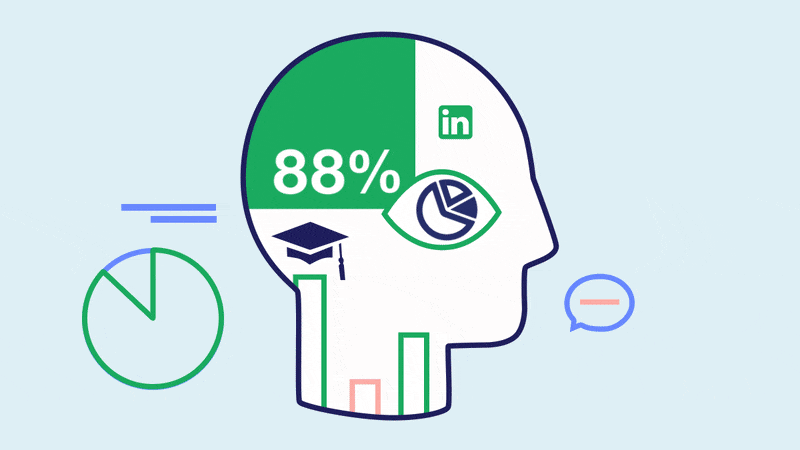AI Altering the Insurance and Underwriting Sector Powerfully
Yeah, you have read that right! Artificial Intelligence is getting into insurance and underwriting sector too. There is strong anticipation that a lot of insurers are under the influence of the high-paced digital transformation. This wave is prevalent because many insurers are betting on technological innovations. With the investments getting large-scale and transformational in the front-office competencies, insurers are wanting to get into underwriting. The widespread consensus is that underwriting is here to change and modernise the core functions and infrastructure for increasing customer value.

So, are Underwriters Going to be the Heroes of the Future?
Conventionally, the insurance underwriting is considered as a science and an art, both. But it is surpassing art, science and entering into technology as well. This trend is going to stay ahead, which is predicted, and it then will move from being just as a back-office trend to a front-office one.

According to a report of Aite Group, the top 10 financial services trends of 2018 showed the extent of unstructured data under P&C (Property and Casualty) underwriting and claims in the global insurance industry. So, the derivation of this was that people want faster decisions of underwriting and claims so that it compels carriers to convert unstructured data.
You can check the 2019’s trends here which show what’s there with AI, data, and digital consideration worldwide.
Countless Third-Party Sources
The propagation and indulgence of all the third-party data sources lessen the reliance of insurers on the internal data collected. They can get all the insights via the data mines called social media. Their every consumer is using internet-connected devices like smartphones, laptops, and other such devices with various apps and websites; ensure you of ‘anonymity’ via their ‘privacy guidelines’ collecting only ‘some information’ has lead every business to know about your details, likes, and interests. An irony, I know! But, this data serves as a rich source for insurance companies as well, showing your behavioural patterns.

Now, in this world, we can also access the previously much forbidden public-sector data with the help of advanced technologies, and this serves as a tremendous potential reserve for the third-party data scrapers. The increasing access to this external data is letting insurance companies understand their potential and current customers much better, they can make new plans as they recognise the risks better than before.
The underwriters are getting streams of information from conventional and non-conventional sources, and therefore, they can now access more in-depth histories, active actions, and an entire scenario of that applicant.
To enable the development of faster solutions, they equip the underwriters with all the tools for accessing and analysing the information from the third-party sources. As per the behavioural analysis, they can dynamically underwrite applications and renew the policies. This facility creates a customer-friendly process with fewer frictions of tedious work.
Precision in Risk Assessment
The process of underwriting also calls for scrutinising and validating the upcoming risks in giving insurance to the clients and their assets. The insurers can figure these things out through the information which the customers provide while filling out the forms; the things which have no specific guarantee for accuracy can be seen as a risk. If a client feeds a piece of wrong information; be it intentionally or unintentionally, the process becomes invalid until the client provides all the legitimate information.

A solution for this has been provided by incorporation of NLP (Natural Language Processing), which comes under Machine Learning that enables the underwriters to show any potential client’s information in detail. Therefore, this use of NLP technology leads to a more precise assessment of risks. Effective analysis of risk at the beginning itself leads to profitable pricing decisions for the amount of insurance, and this becomes a win-win situation for both the clients and insurers.
Increase in the Process Efficiency
Being human equals to being erroneous and that’s allowable in some instances. But, as the digitisation has started talking over the world, these operations become more efficient and accurate. Machine Learning helps in quickly finding and checking for the errors in the system’s information and saves time.

Besides, the Machine Learning algorithms remove the necessity of any third-party formalities between the insurer and insurance applicant; and that enhances the customer experience and relationship. So, when the accuracy of the system increases, it leads to a correct assessment of the information and expert customer service.
Run-Time Analysis and Visualization
Getting real-time analysis and the ability to visualise the data is changing the way insurers, and insurance applicants relate.

The customers can also get to understand their needs better, and the insurers can gain insights into their customers’ behaviours. Insurers are leveraging this information for optimising their functions and processes as per the behavioural influence of their customers.
What You Can Expect Ahead?
Moving ahead, the overload of big data and the existence of current data is letting underwriters watch the new realms of reality. The ML tools are processing the continuously collected data via its algorithms that generate immediate and workable information or results.
The interactive and multi-dimensional results show a predictive view of the risk, which is going to change our paradigm towards underwriting.
- Have You Chosen the Right Cloud Service for Migration? - December 6, 2019
- IoT Touching Your Life - November 12, 2019
- Transform and Automate Your Logistics with RPA - November 5, 2019
